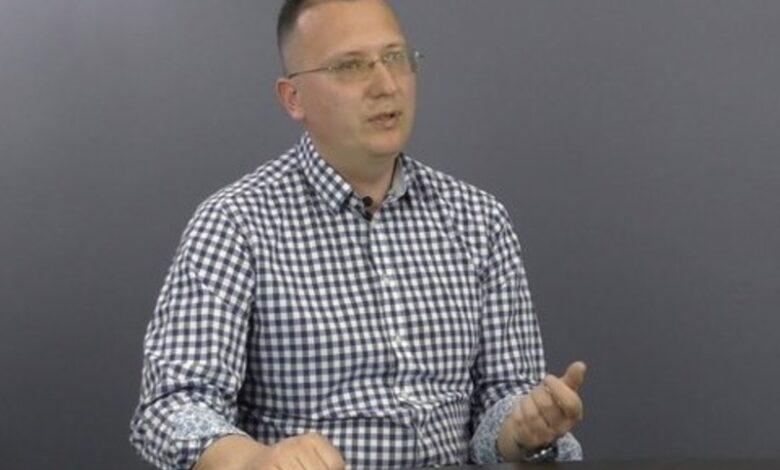Oleksiy Kushch on the “three-stroke model” of war and the prospects for its “freezing”

During the time of the full-scale war, the topic of its duration, possible stages, pauses and forms of termination is repeatedly discussed both in Ukrainian society and in the international environment. Against the background of uncertainty on the front and changing political signals, more and more attention is being paid to attempts to analyze the war in Ukraine as a process that can have an internal structure. One such approach is the concept of the “three stroke model”, which offered expert Oleksii Kush.
He reminds that the first beat of this war was in 2014-2015, when Russia occupied Crimea and part of Donbas. This was followed by a hiatus period from 2016 to 2022. The second beat is a full-scale invasion by Russia in 2022.
According to Kush, a pause between the second and third steps of the war is also theoretically possible. However, the nature of this pause remains unclear. He believes that there are several scenarios: a long pause similar to that between the first and second measures (ie 4–5 years); short — 1–2 years; or almost imperceptible – in the form of short truces, which can be several in a row.
Kush offers an analysis of this pattern in relation to major political cycles in Russia and the United States, which, he says, correlate to some extent. In Russia, the political cycle started with the adoption of the new Constitution and the 2024 presidential elections. He reminds that Vladimir Putin has two presidential terms ahead of him – 2024-2030 and 2030-2036.
In the US, as Kush points out, the political cycles look like this: the Trump cycle is 2024–2028, and from 2028 the cycle of Jay D. Vance (2028–2036) or the return of the Democrats in the same time frame is possible. In his opinion, most likely, the USA will enter a “paired political cycle”, which will consist of two presidential terms in the period 2028-2036.
The expert draws attention to the fact that the political cycle of Russia almost completely coincides with the American one in terms of terms, but has an important difference: two cadences are predicted in Russia, while in the USA variable development and even three are possible. Kush suggests that Putin will try to hand over power to a successor in 2036, but will likely remain in the political process, similar to Nazarbayev’s model in Kazakhstan, given the mistakes he made during the transition.
In his opinion, the political “motto” of Putin’s successor, relatively speaking, will be “consolidation” — he must consolidate the gains handed over to him by his predecessor. Whereas the motto of Putin’s current term (2024–2030), according to Kush’s logic, can be described as “maximum aggression.” He believes that before a possible pause – that is, a conditional “freeze” of the war – Russia will try to achieve the maximum on the battlefield.
Kush emphasizes that within the framework of the second tact of the war, the goals of Russia, recorded in the negotiating positions of the Kremlin, are the occupation of four regions of Ukraine in addition to Crimea. If these goals are not achieved, Russia may agree to a temporary pause even without the full implementation of military tasks. In his opinion, this is due to the fact that the Kremlin will try to achieve the main results within the framework of the third tact of the war.
Therefore, Kush calls the period of 2025–2030 both the phase of Russia’s “maximum offensive” and the potential “freezing” of the conflict. He believes that the likely start date for this hiatus could be late 2025 or 2026. Thus, the pause between the second and third steps of the war will last from one to four years.
He suggests that Putin’s 2030-2036 term may have a “motto” — “finalization.” In this period, in his opinion, Russia will try to conduct the third phase of the war and end it – but not in the form of another pause, but in a long-term format.
Regarding the position of the US, Kush emphasizes: Donald Trump does not have a clear strategy for ending the war, but shows a desire to withdraw the United States from active participation in this conflict. He believes that Trump wants to free up resources for the implementation of other global priorities — primarily in relations with China.
Kush concludes that the given scheme is only a limited analysis of the war through the prism of political cycles. He notes that war as a form of “controlled chaos” with a high level of inherent unpredictability is very difficult to predict chronologically.





